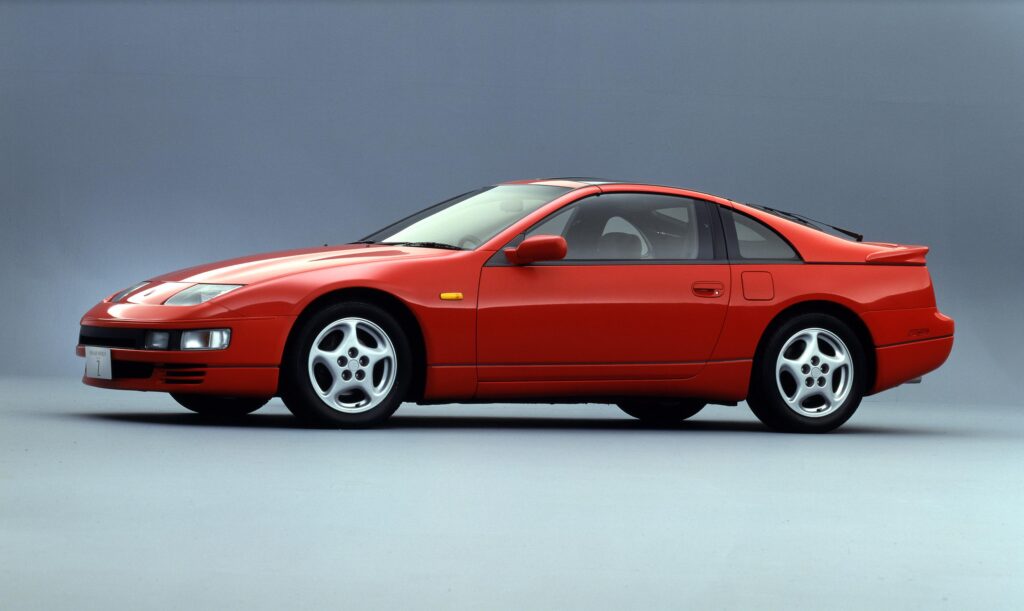
The Z32 300ZX Nissan was a new design, approved in final form by Nissan management on October 1, 1986 and designed by Isao Sono and Toshio Yamashita. The body was wider with a rounder profile and fewer hard edges than it’s predecessor, Nissan 280ZX. It had a marginally increased drag coefficient of 0.31 compared to the Z31’s 0.30. The 300ZX was designed with several key principles in mind, including performance, style, and technology. Performance was a top priority, as Nissan aimed to produce a sports car that could compete with the best from Europe and America.
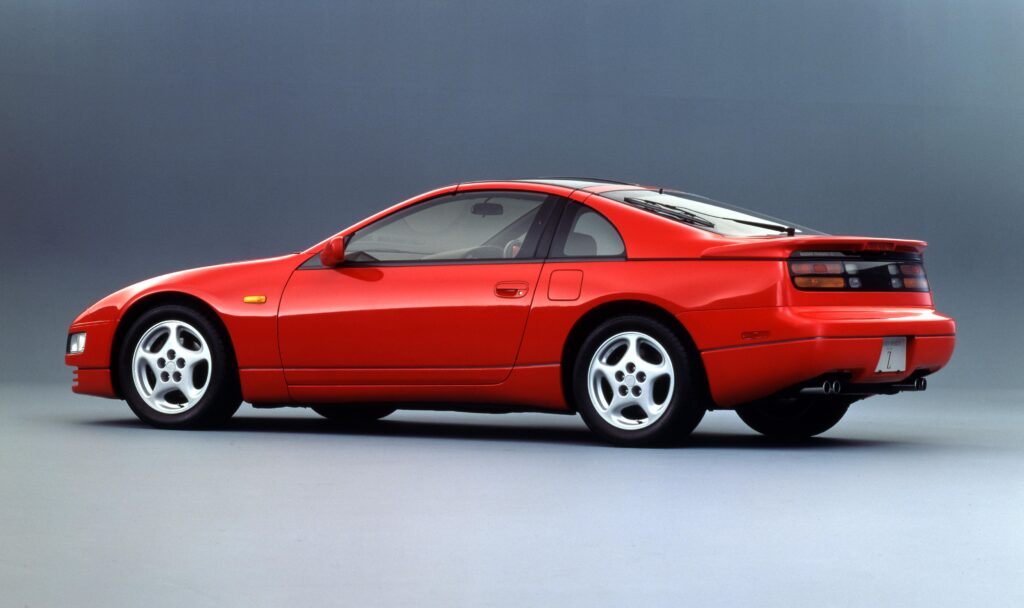
Style was also a key consideration for the 300ZX, as Nissan wanted to create a car that was both aerodynamic and visually appealing. The 300ZX featured a sleek, aerodynamic body with a low, sloping hood, and a long, flowing roofline. The interior was also designed with style in mind, featuring high-quality materials and modern technologies, such as a digital dashboard and an advanced sound system. Technology was an important part of the 300ZX concept design. The car was equipped with a number of advanced technologies, including a cutting-edge suspension system, anti-lock brakes, and advanced safety features. The 300ZX was also one of the first cars to feature a computer-controlled engine management system, which helped to optimize performance and fuel efficiency.
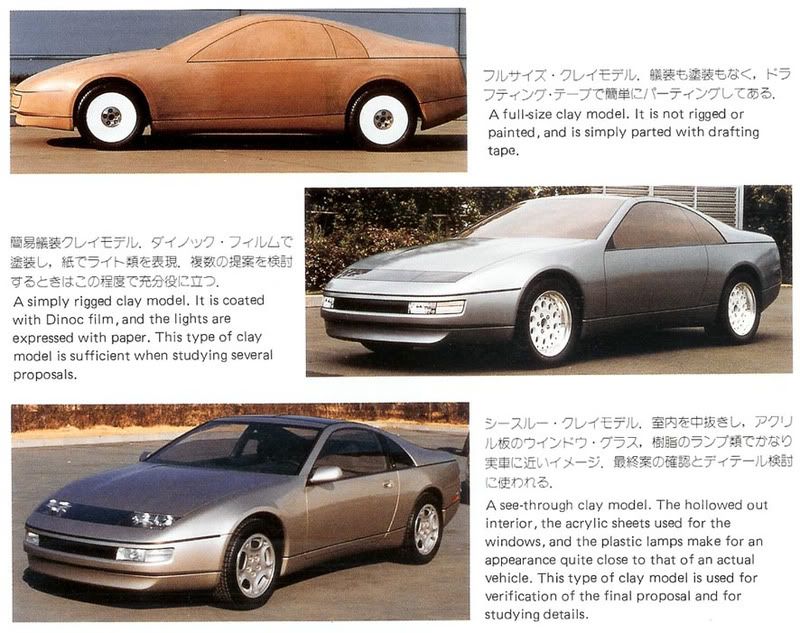
The Nissan 300ZX, also known as the Fairlady Z in Japan, was a two-generational sports car produced by Nissan. The first generation Z31 was produced from 1983 to 1989 and was a sales success, while the second generation Z32 was produced from 1989 to 1996. The Z32 was a new design with a wider, rounder body profile and featured a 2,960 cc VG30 V6 engine with DOHC and variable valve timing. The engine was available in both naturally aspirated and twin turbocharged variants, producing 222 bhp and 300 bhp, respectively. The Z32 was the first car to be marketed under the power ceiling imposed by JAMA and was designed using a form of CAD software with the help of a Cray-2 supercomputer.
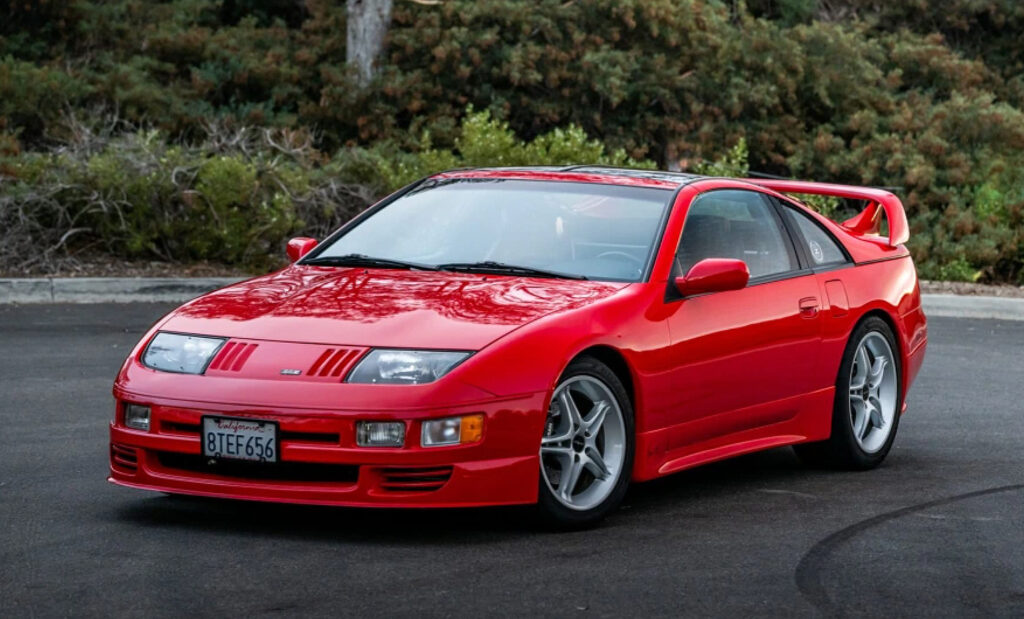
The Z32 was available as a 4-seater (2+2) model with T-tops or as a 2-seater hardtop (Slicktop) model in North America. In 1992, a 2-seat convertible version was introduced. Motorsports International of Waco, Texas, in collaboration with HKS, created the SR-71 Z32 with larger turbochargers, HKS electronics, and a Kaminari body kit. In 1995 and 1996, Steve Millen Motorsports (Stillen) developed a performance upgrade for the Z32 with Nissan North America that was sold throughout the U.S. and Canada through designated Nissan dealerships. Stillen-designed front and rear spoilers, suspension upgrades, a high-performance exhaust system, and a performance ECU reflash. The exterior was fitted with smoked headlights and 18-inch wheels. The interior received a revised gauge cluster and custom Stillen-branded floor mats. The SMZ package was available on both naturally aspirated and twin-turbocharged Z32 models.
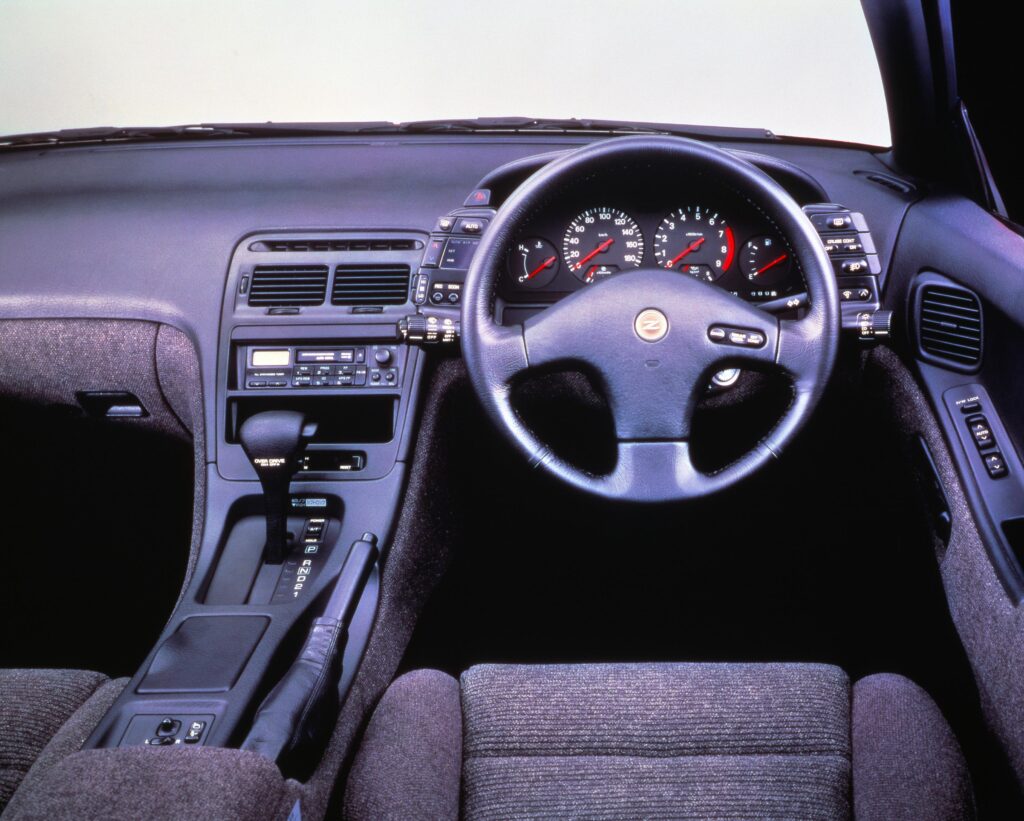
The Nissan 300ZX was awarded as the 1990 Import Car of the Year by Motor Trend and was placed on Car and Driver’s Ten Best list for seven consecutive years. The Z32 was succeeded by the Nissan 350Z, officially the Z33 generation Z-Car, in 2003.
The 300ZX was also made into a race car and participated in numerous racing competitions. In 1990, the 300ZX won the 24 Hours of Daytona and the 12 Hours of Sebring, solidifying its reputation as a high-performance sports car.
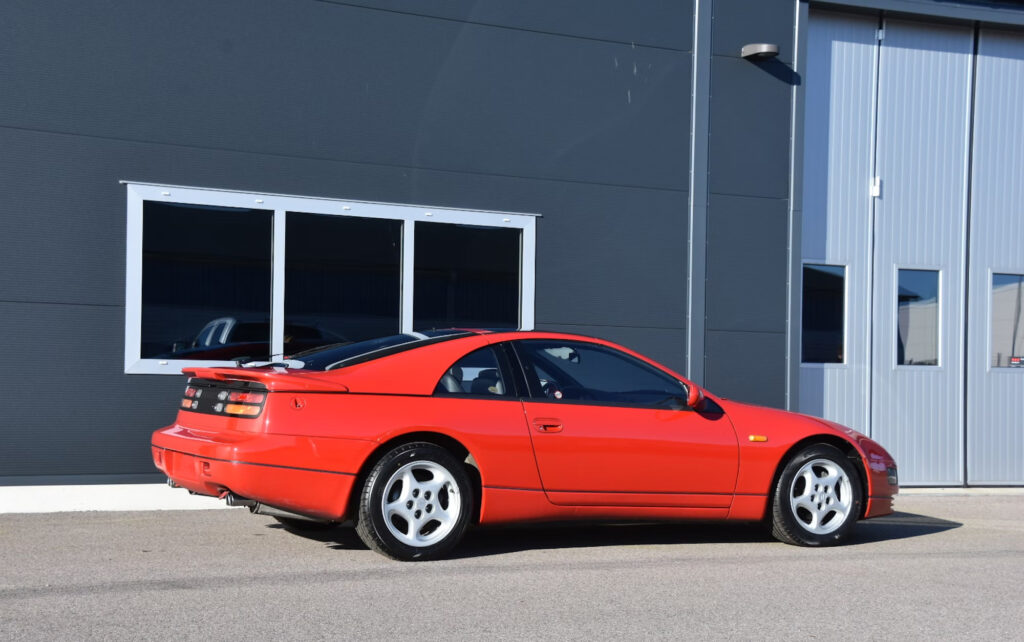
Despite its popularity, the 300ZX was discontinued in 1996, ending its 13-year run in the United States. The discontinuation was a result of increasing competition from European sports cars, high production costs, and a shift in consumer preferences towards SUVs and trucks. The 300ZX was a significant car in Nissan’s history and remains a popular classic car among enthusiasts today. With its advanced technology, distinctive design, and impressive performance, the 300ZX remains a true classic of the sports car world.
The 300ZX was popular among car modifying enthusiasts due to its sleek and sporty design, powerful engine, and versatile platform. The Z-car, as it was commonly known, was introduced in the 1980s and quickly became a popular choice for car enthusiasts looking to upgrade their vehicles. The 300ZX offered a great starting point for modifications, with its lightweight body, powerful engine, and balanced chassis. This made it a popular choice for car enthusiasts looking to improve the performance and appearance of their cars. The Z was also popular due to its wide aftermarket support, which included a range of performance parts and custom body parts that could be easily installed to enhance its appearance and performance. The popularity of the 300ZX among car enthusiasts only grew over the years, and it remains a popular choice for those looking to modify their cars even today.
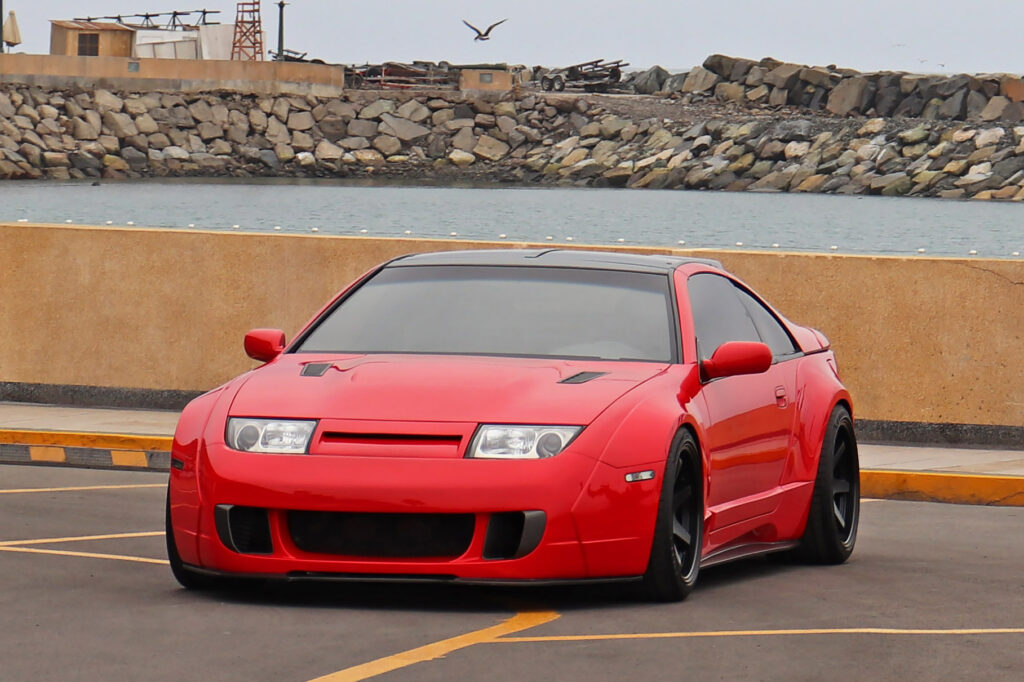
In conclusion, the Nissan 300ZX, also known as the Fairlady Z, was a highly-regarded sports car that was produced across two generations. The first generation Z31 was a sales success, and the second generation Z32 was a technological marvel that received numerous awards and accolades. With its advanced engineering, high-performance capabilities, and iconic design, the 300ZX will always hold a special place in the hearts of sports car enthusiasts.
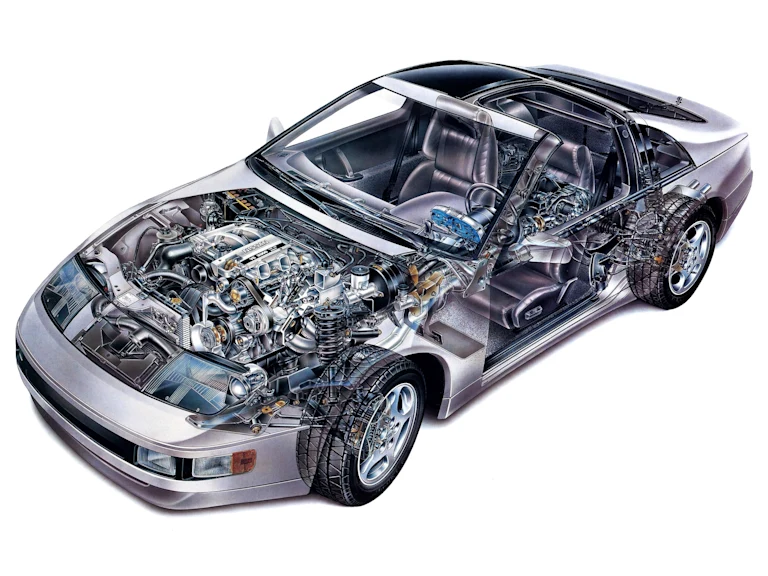
Nissan 300ZX (1984-1996) Technical Specifications:
Body:
- 2-door coupe or 2+2 (2 doors + 2 small rear seats)
- Fiberglass and aluminum composite body panels
- Dimensions: 4450mm length, 1780mm width, 1250mm height
Engine:
- 3.0-liter V6 (VG30DE), with two versions: naturally aspirated and twin-turbocharged
- Naturally Aspirated: 162 kW (220 PS) and 217 Nm (160 lb-ft) of torque
- Twin-Turbocharged: 206 kW (279 PS) and 363 Nm (268 lb-ft) of torque
Transmission:
- 5-speed manual
- 4-speed automatic
Suspension:
- Front: Independent MacPherson strut with coil springs and stabilizer bar
- Rear: Independent multi-link with coil springs and stabilizer bar
Brakes:
- Power-assisted, ventilated discs all around
Wheels and Tires:
- 15-inch or 16-inch alloy wheels
- 205/60R15 or 225/50R16 tires
Fuel Economy:
- City: 11-14 mpg (20-25 km/l)
- Highway: 15-19 mpg (26-34 km/l)
Weight:
- 1480 kg (3260 lbs)
Performance:
- 0-60 mph acceleration in 5.8-6.5 seconds (turbocharged)
- Top Speed: 150 mph (240 km/h)



Leave a Reply